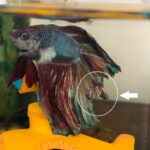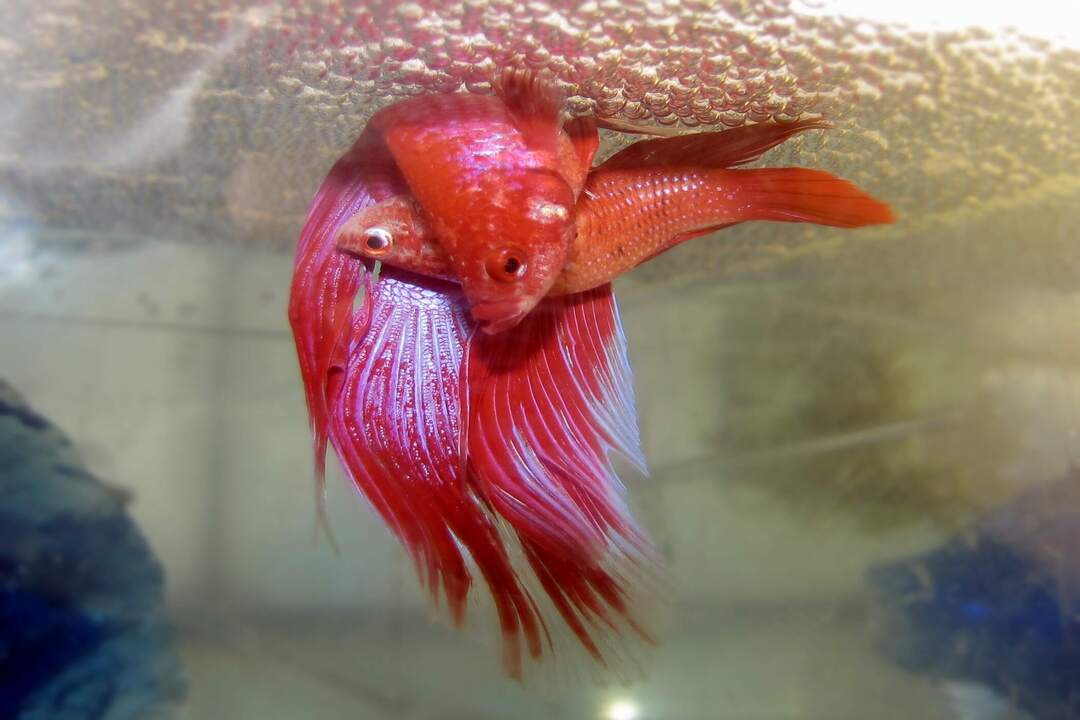
Photo Courtesy of: Wikimedia Commons
Breeding betta fish, also known as Siamese fighting fish, is a fascinating process that requires careful preparation and attention to detail. In this guide, we will provide a step-by-step process for breeding betta fish successfully.
Step 1: Choosing a Breeding Pair
The first step in breeding betta fish is to choose a healthy breeding pair. Look for a male and a female betta fish that are mature, healthy, and in good condition. The male should have vibrant colors and long fins, while the female should have a rounder body and a smaller size than the male. It's important to ensure that the fish are not related and do not have any genetic defects.
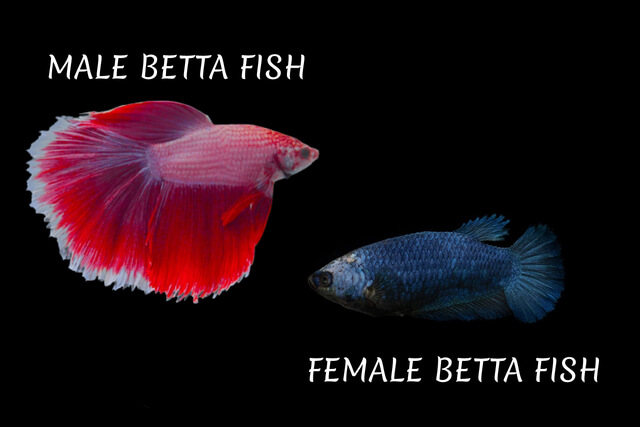
Male & Female Betta Fish
Step 2: Preparing the Breeding Tank
To prepare the breeding tank, you need a tank of at least 10 gallons with a heater, a filter, and a cover. The water temperature should be between 25-28°C, and the pH level should be between 6.5-7.0. You can add plants or other decorations to provide hiding places for the fish. It's important to clean the tank thoroughly before use.
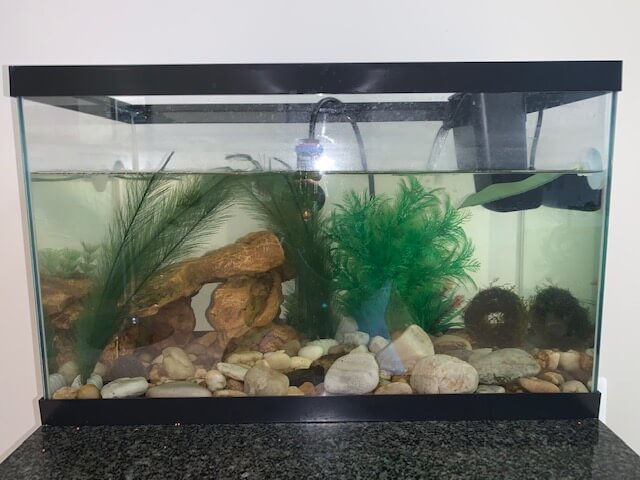
Photo Courtesy of: Wikimedia Commons
Step 3: Conditioning the Breeding Pair
Before breeding, it's important to condition the breeding pair to ensure their health and fertility. Feed them high-quality protein-rich foods, such as live or frozen brine shrimp or bloodworms, for several weeks before breeding. You can also increase the water temperature to encourage breeding behavior.
Step 4: Introducing the Breeding Pair
Once the breeding pair is ready, you can introduce them into the breeding tank. The male will start building a bubble nest, which is a cluster of bubbles on the water surface. The female will show vertical stripes on her body, indicating that she is ready to breed. It's important to monitor the fish closely during this process to prevent aggression or injury.
Step 5: Spawning
The male will then wrap his body around the female, releasing sperm and eggs, which will be fertilized and attach to the bubble nest. The female should be removed from the breeding tank after spawning to prevent her from eating the eggs. The male will then tend to the eggs and fry, protecting them and keeping the bubble nest intact.
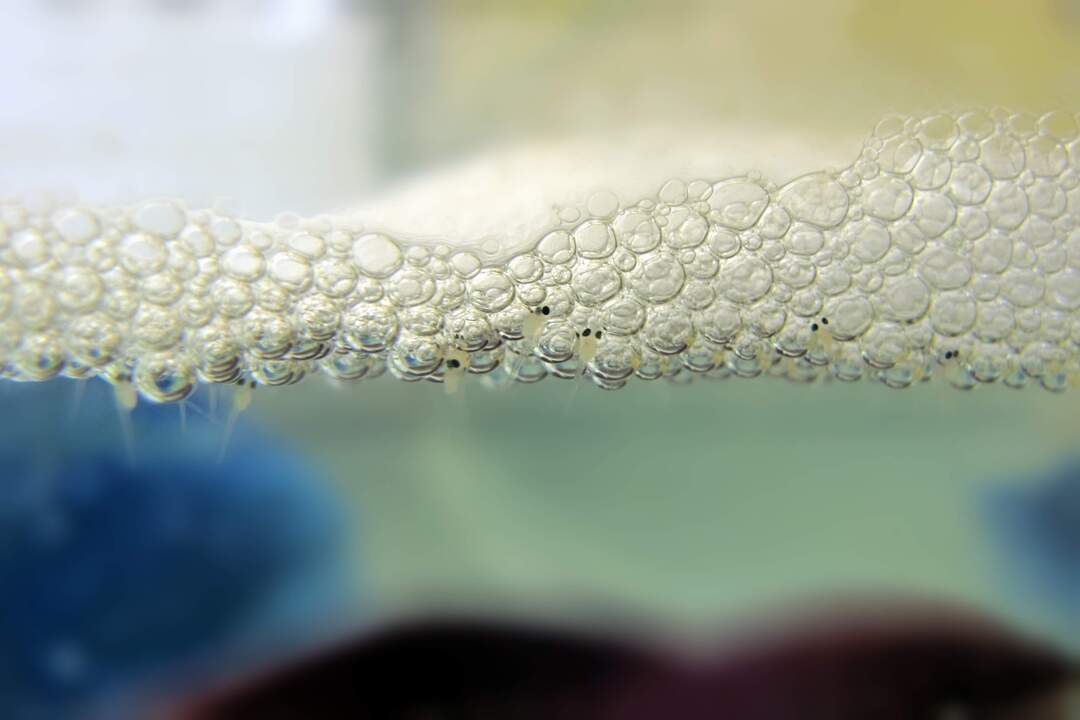
Photo Courtesy of: Wikimedia Commons
Step 6: Hatching and Raising Fry
The eggs will hatch in about 24-36 hours, and the fry will become free-swimming after about 2-3 days. The fry should be fed live or frozen baby brine shrimp or other high-protein foods several times a day. The water temperature should be maintained, and the water quality should be closely monitored. It's important to separate the fry into different tanks as they grow to prevent overcrowding and aggression.
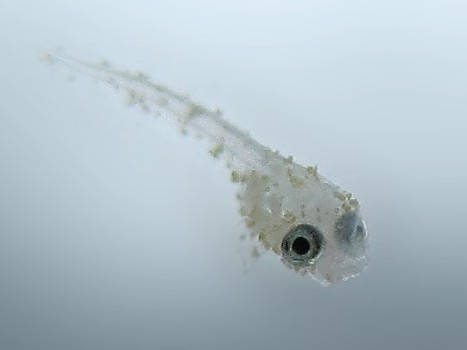
Photo Courtesy of: Wikimedia Commons
Step 7: Selling or Keeping the Fry
Once the fry have grown to a suitable size, you can choose to sell them or keep them as pets. It's important to find suitable homes for the fish and to ensure that they are healthy and well-cared-for.
Conclusion
Breeding betta fish can be a rewarding experience that requires careful preparation, attention to detail, and patience. By following these steps, you can ensure a successful breeding process and raise healthy and vibrant betta fish.

